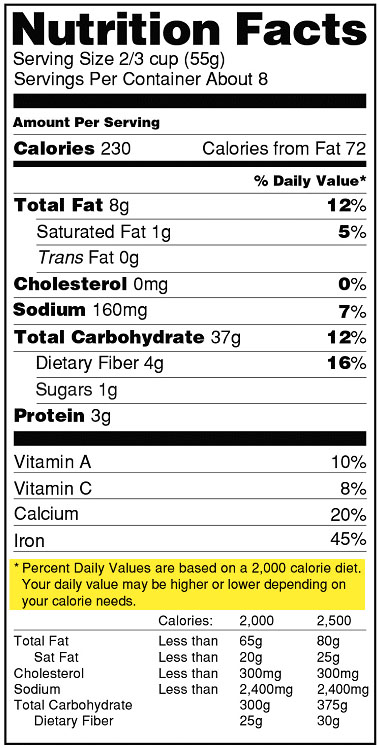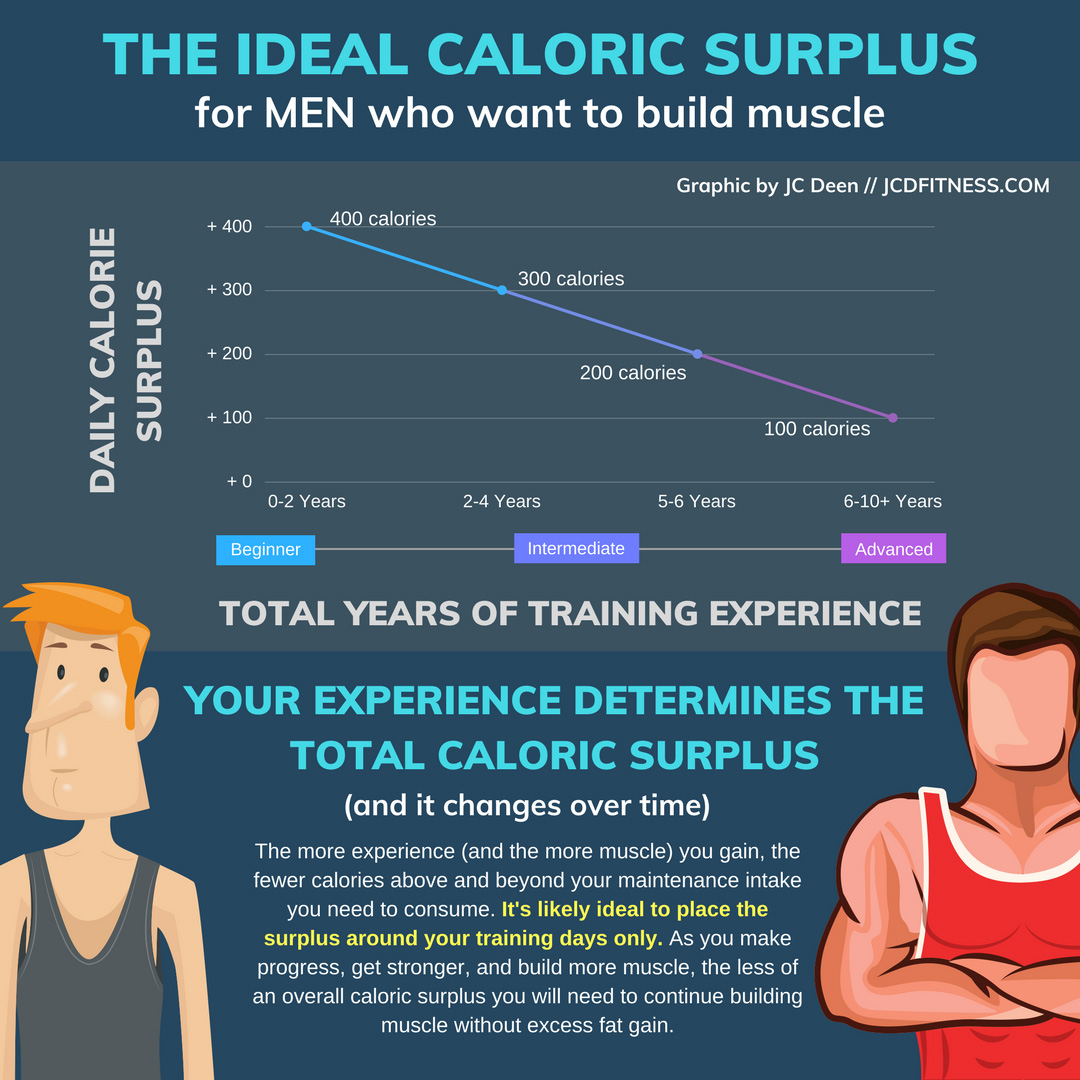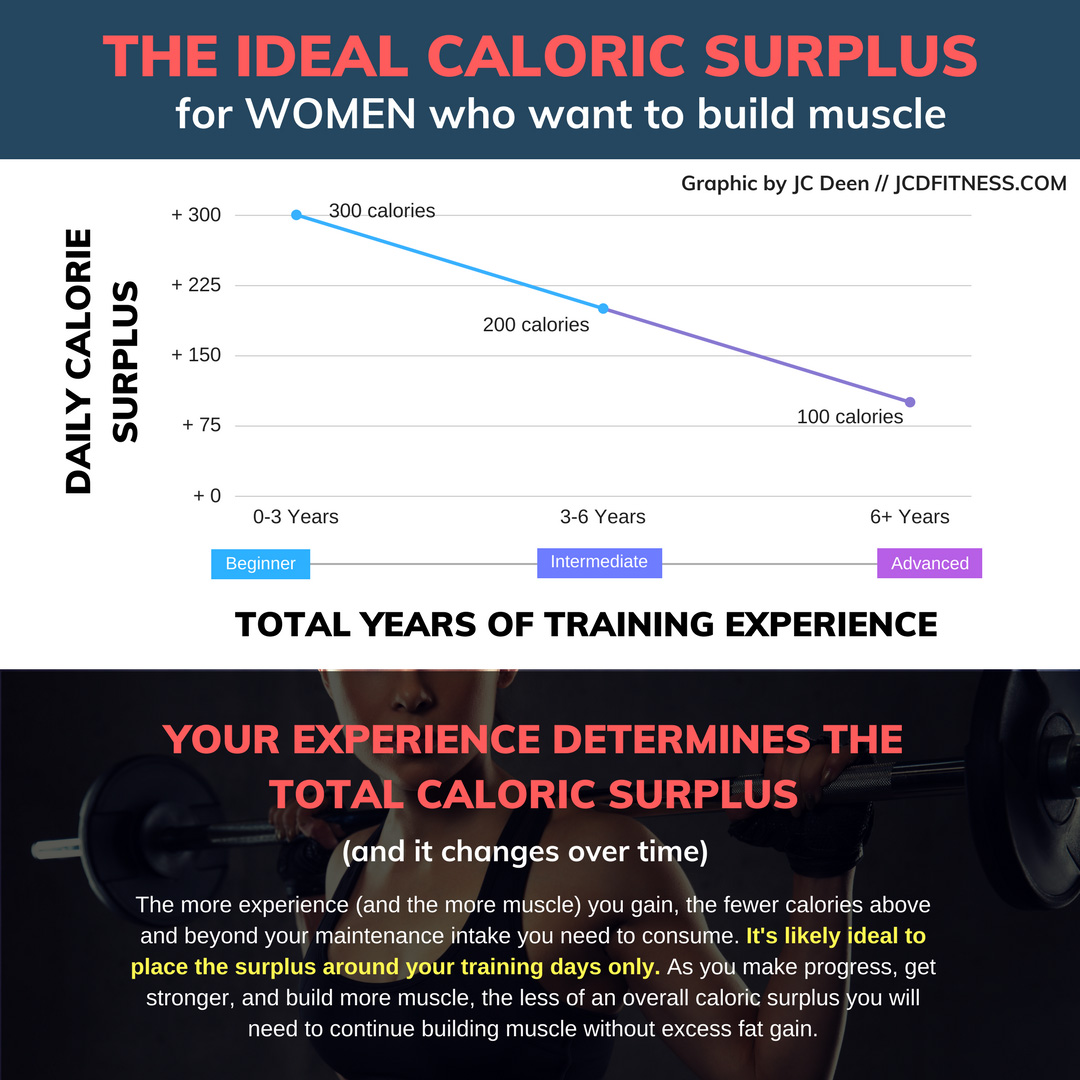If you want to lose fat, build muscle, or have more energy, knowing your caloric needs is one of the most important things you can know. However, trying to calculate your calorie intake can get real complicated real fast.
The good news is, I’ve done all the hard work for you. With my calorie intake calculator, all you have to do is enter your information, estimate your activity levels and you’ll have a valuable starting point for estimating how many calories you need on a daily basis.
Also, I’ve set up the calculator to give you some estimates for macros as well.
If you want to lose fat, gain muscle, or improve your performance, it’s important to know how many calories you need on a daily basis. Our bodies require a bare minimum of calories on a daily basis just to survive. This is known as the basal metabolic rate (BMR).
The BMR is the least amount of calories you need if you were lying in bed all day long. But since you’re likely not doing that, you have to account for your activity levels. This calculator will help you determine just how many calories you need based on your individual goals.
Just want to use the calculator? I got you…
Let’s get started.
Forget About General Calorie Guidelines
If you’ve ever read in a magazine or random advice on the internet that you need a fixed amount of calories to lose or gain weight, I want you to know one thing. There is no one-size-fits-all approach to caloric intake.
It’s common to read that you shouldn’t eat more than 1200 calories per day if you want to lose fat. But what if you’re a 200-pound male?
Or what if you’re training 5 days per week at the gym?
Or what if you’re generally active at work walking around most of the day?
1200 calories aren’t going to cut it for your energy levels or performance and you’re almost sure to lose muscle mass.
The same goes for the generic statement ‘based on a 2,000 calorie diet’ you see on food labels.

These are the standard guidelines for the average person, but YOU are not the average person. If you’re reading this article, chances are you’re exercising regularly and are interested in more than just weight loss or weight gain.
You probably want to change your body composition by reducing body fat and gaining muscle.
So keep this in mind… your individual calorie needs will vary based on your age, general activity levels, goals, and type of exercise.
How Many Calories For My Goal?
This calculator starts by establishing your total maintenance intake, also known as your TDEE, which stands for total daily energy expenditure.
Your TDEE takes into account your total activity from a full 24 hour day, not just the activity from your workouts.
First, you need to determine what your goal is.
If you want to build muscle, you need to eat more than you burn.
If you want to lose fat, you’ll need to eat less than you’re burning.
You’ll first need to establish your maintenance calorie (TDEE) intake to get a starting point.
Once you know your maintenance intake, determining your total calorie targets becomes very easy. This is where the calculator comes in handy.
The calculator will produce the values you need to lose fat, build muscle, or maintain your weight and it’s all based on your gender, weight, age, and height.
Remember this: your activity levels include ALL activity, not just how much you’re exercising. So do your best when inputting your information.
What About Macronutrients? Do They Matter?
You’ll probably notice this calculator gives you a recommendation for macronutrients. There are two reasons:
- To make the process simpler for you to get started
- To make sure you’re getting enough of the right nutrients to maximize your results (depending on your goal of fat loss, or muscle gain)
In general, we want a balanced ratio of protein, carbs, and fat. So…
- One gram per pound of body weight in grams of protein
- Enough carbohydrates to support your exercise performance
- Enough dietary fat to make your food taste good and to support your body’s needs for fat (we use 20% of your total intake)
The main reason you want to pay attention to your macronutrient intake is that while calories are the primary determinant of how much weight you lose, macronutrients influence whether or not you lose fat or muscle. And if you want to lose weight, I’m sure you likely want to lose fat and keep your muscle.
Muscle Gain Calories
In order to gain muscle, you must be consuming a caloric surplus, meaning you’re consistently eating more than you burn. In general, you want to eat somewhere between 200-400 calories above your maintenance intake consistently to build muscle, which will usually end up being somewhere around ~10% of calories for most people..
That should yield somewhere between 2-4 pounds of weight gained per month. Some of that will be muscle, and some of it will be fat. This is all going to depend on many factors, and I get into those details in this article.
In general, the more experience you have with weight training, the less of a calorie surplus you need. Here are some simple graphics to address the ideal caloric surplus.
Men:

Women:

For reference, this calculator creates a 10% calorie surplus from your TDEE. So if your TDEE is 2500, your muscle gain calories will be 2750 (+250 calorie surplus).
Fat Loss Calories
For fat loss to happen, you must be eating less than you burn on a daily basis. In general, most advice will suggest aiming for a 500 calorie deficit per day. And that’s not a bad starting point.
So a quick way to calculate that would be to figure out your maintenance intake and then subtract 500 calories from that figure.
In the calculator I’ve set up, this creates a calculation for you, however, we utilize 2 different percentages: 10% and 20% caloric deficits. This way, you can choose the deficit to start with and by using percentages, you won’t fall into the trap of creating an arbitrary 500 calorie deficit, which can be problematic if you’re already low in body weight and/or body fat.
Example: if you’re 120 pounds and your maintenance intake is 1800 calories, it might be better to do a 10% deficit at 180 calories, than a 500 calorie deficit because it’ll be easier to sustain an intake of 1620 than 1300 calories.
How To Use This Calculator
Step #1: Input your data.
Step #2: Trust the numbers and get started.
That’s it. Really.
If the numbers look high or low compared to real-world data from, you know, actually tracking your intake over a period of time, then adjust your activity level upward or downward from there.
Advanced Methods:
Fat Loss
I am not a fan of just keeping a straight caloric deficit on a daily basis without some sort of carbohydrate refeed at the end of the week or a carb cycling plan.
So here’s how I’d set it up using the calculator.
For a fat loss carb cycling plan, do this:
Step #1: Run your numbers.
Step #2: Choose the 20% deficit option and consume these macros/calories on 4 days per week.
Step #3: Eat the maintenance intake recommendations 3 days per week. Try to put these calories on your training days.
Muscle Gain
For gaining muscle, you’ll know from my caloric surplus article that it’s not ideal to eat over your maintenance intake every single day, especially if you have more than 1-2 years of training under your belt.
Here’s how to use the calculator:
Step #1: Run your numbers.
Step #2: Only consume the surplus calories on training days.
Step #3: Eat the maintenance intake recommendations on your days off from training.
Commonly Calorie Intake Calculator Questions:
Q: are these perfect calculations?
A: Absolutely not. In fact, no calculator on the internet, or anywhere else will be able to tell you the exact amount of calories you need on a daily basis. These are just amazing estimates. Nothing more.
Q: What are macronutrients?
A: macronutrients are protein, carbohydrates, and fat. See these articles: what are macros? How to count macros.
